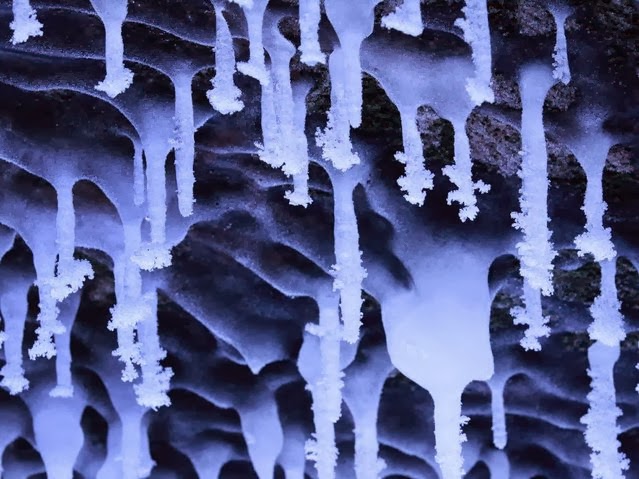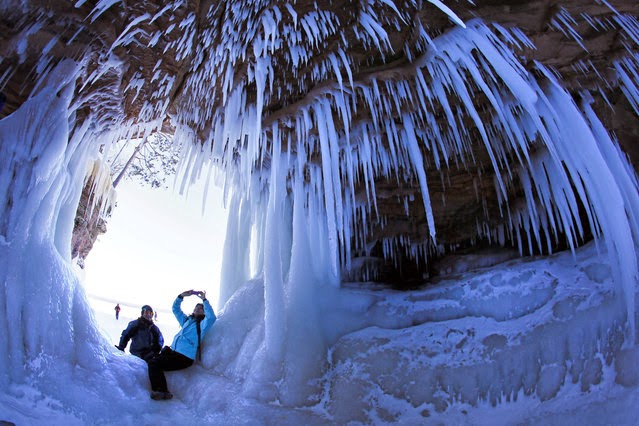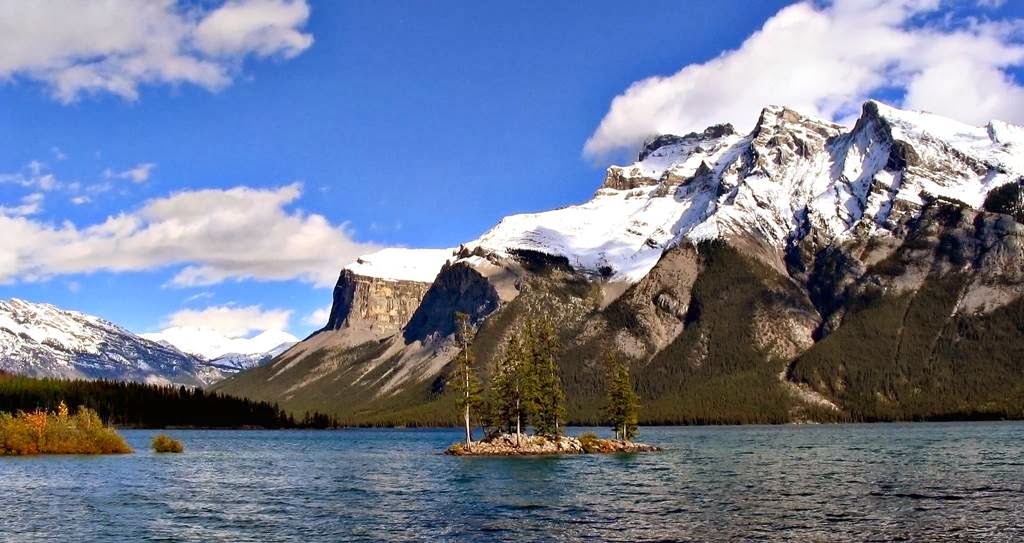Banpo Bridge Water Fountain is world’s longest fountain bridge located in downtown Seoul along with Hangan River. This is really a unique bridge which operates both side of bridge and it is more than one kilometer long. The project was launched in 2007, for the purpose of to revive the river area for locals and tourist. It was installed in September 2009, to further beautify the city, and connecting the Secocho and Yongsan districts. The water is directly pumped from river and incessantly recycled. It is first double deck bridge construct in South Korea and given name of “Moonlight Rainbow”. The lovely fountain shoots down 190 tons of water per minute to the river and shoots as far as 43 meters horizontally. In the night the fountain colors transform to that of a rainbow by the 200 lights that radiate several colorful effects. The Moonlight Rainbow Fountain set a Guinness World Record with nearly 10,000 LED nozzles that run along both sides that is 1,140m long.
A compendium of interesting places, hidden wonders, Beautiful Places, strange travel destination, tourist attractions.
Friday, 14 February 2014
Paradise in Coron Palwan Philippines
Coron Island Palwan is a wedge-shaped limestone island, and third largest island in the Calamian Islands in Philippines. It is about 170 nautical miles southeast of Manila & some of few its coastal areas being well covered by mangrove forests. The island is popular due to Japanese shipwrecks of World War II vintage. It is the part of large municipality of the same name, as it has almost over 30,000 inhabitants of 6,264 households. The island is consists of seven popular lakes, in which Kayangan Lake is nationally claimed cleanest lake in the Philippines. This area has number of islands with lovely white beaches and crystal clear blue water perfect for snorkeling deep sea, shipwreck diving, and fishing.
The Coron main industry is fishing & tourism and the aquatic scenes from the sunken Japanese warships off Coron Island are listed in Forbes Travelers Magazine top 10 best scuba diving sites in the world. Tourists can enjoy local fruits such as jackfruit, watermelon, mango, and seasonal coconut. For visitors lot of attraction & activities in Coron Philippines like, Mt. Tapyas Trek, Maquinit Hot Spring, Breathtaking Malcapuya Island, Culion, Siete Pecados, Barracuda Lake, Kayangan Lake, Twin Lagoon, CYC Island, Skeleton Wreck, Banol, Coron Horseback Riding, Mountain Biking, and Jungle Treks.
Wednesday, 12 February 2014
Superior Lake USA
Lake Superior in terms of surface
area is largest freshwater lake in the world & third largest freshwater
lake by volume in North America. It is considered Great Lakes of North America,
which is bounded by Ontario and Minnesota to the North and West and Wisconsin
and Michigan to the South. The frozen Lake Superior hasn’t completely frozen
over in two decades, and it is predicted that lake will soon be totally covered
with ice, especially record breaking cold winter. The beautiful Lake Superior
empties into Lake Huron via the St. Marys River and the Soo Locks. Lake
Superior shoreline stretches to 4387 Kilometers including islands.
Lake
Superior ice thickness varies immensely from a very thin sheet in specific
areas near the coast to several feet thick in other spots. On the shoreline of
Ontario, you can found world’s oldest rocks, about 2.7 billion years of age. On
30 July 1985, an American limnologist J. Val Klump was the first person to
reach the lowest depth of Lake Superior. The temperature of Lake Superior
surface varies seasonally, which makes the lakes seasonally stratigraphic. The
lovely migrating birds of prey funnel down Lake Superior's north shore in countless
numbers each fall, it is estimated on a single day at Duluth's Hawk Ridge as
many as 100,000 birds of prey might pass by. Lake Superior normally warming up
in June, and start to cold in the end of August. In that time tourist can enjoy
the beauty of this wonderful lake. The record breaking ice on the lake to the extraordinary
cold winter recently experienced an all-time record of 23 straight days of
below zero temperatures. Lake Superior water level fluctuates from month to month
with the highest lake levels in October and November & lowest level in
March and April.
It is believed that the first people came to the Lake Superior
region 10,000 years ago after the retreat of the glaciers in the last Ice Age. Lake
Superior has been an important connection with Great Lakes Waterway, offering a
transportation route for several commodities such as iron, grain, other mined
and manufactured material. Large vessel transports these commodities across
lake Superior. More than 80 different species of fish have been found in Lake
Superior, like Brook trout, round whitefish, walleye, Banded killifish, Yellow
perch, Cisco, Burbot, Pumpkinseed, etc. In the summer season, the sun sets more
than 35 minutes later on the western shore of Lake Superior than at its
southeastern edge.
Ice Cave of Lake Superior
The Lake Superior ice caves have
not been accessible since 2009, were announced open to the public. The National
Park Service hopes the caves will be reachable for about 6 weeks but is completely
weather-dependent. The beautifully ice caves are a massive attraction for
tourist, and almost 10000 peoples flocked to Meyers Beach (from where the caves
are accessible after a 1 mile hike) to observe the unique formation.
Sunday, 9 February 2014
Lake Minnewanka Canada
The most beautiful Lake
Minnewanka is actually a glacial lake located in the eastern area of Banff
National Park in Canada, at least 3.1 miles northeast of the Banff town site.
The lake is 28 kilometers long and 466 ft deep, making it the longest lake in
the mountain parks of the Canadian Rockies. There’s a power dam at the west end.
The lake is fed by the Cascade River, flowing east of Cascade Mountain, and
runs south through Stewart Canyon as it empties into the western end of the
lake. Numerous streams flowing down from Mount Inglismaldie, Mount Girouard and
Mount Peechee on the south side of the lake also feed the lake. Aboriginal
people long inhabited areas around Lake Minnewanka, as early as 10,000 years
ago, according to stone tools and a Clovis point spearhead discovered by
archaeologists. The area is rich in animal life i.e bears, elk, mule deer,
mountain sheep, and the easy availability of rock in the mountainous terrain
was most important for fashioning weapons for hunting. The western end point of
the lake can be reached by following Lake Minnewanka road from the Trans-Canada
Highway. Boat tours are easily accessible near the parking lot. A hiking and
mountain biking trail runs along the northern shore of the lake, passing
Stewart Canyon and six backcountry campsites. Dams were built in 1912 and 1941
to supply the town with hydro-electric power. Lake Minnewanka itself has a
popular with recreational SCUBA divers. Lake Minnewanka is actually the largest
lake in the park, and really a great place of picnic point.
Subscribe to:
Comments (Atom)





























































